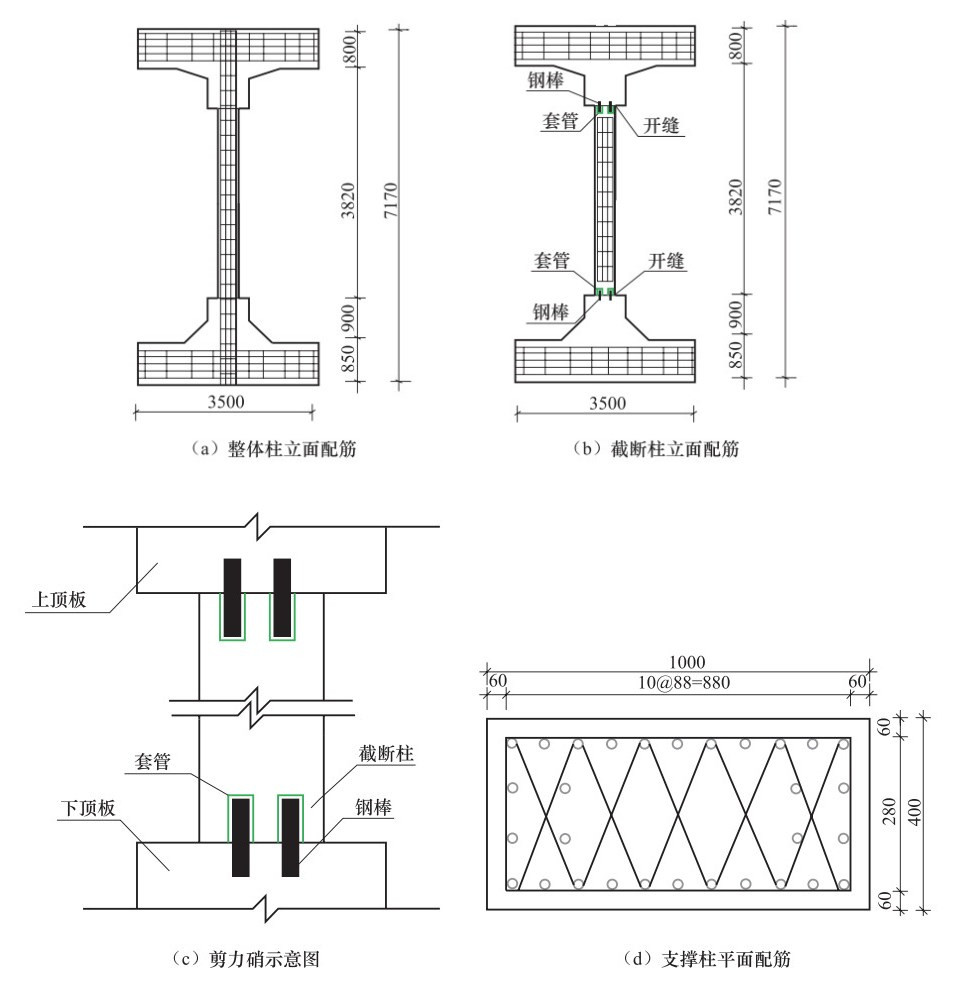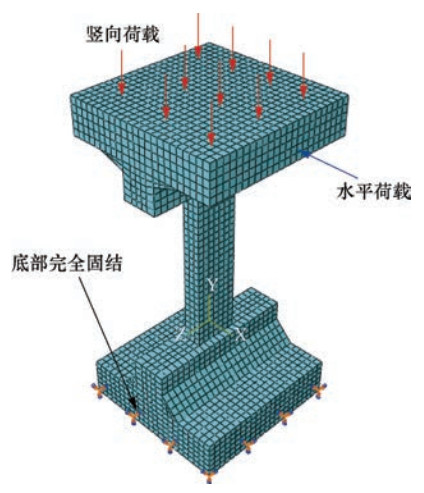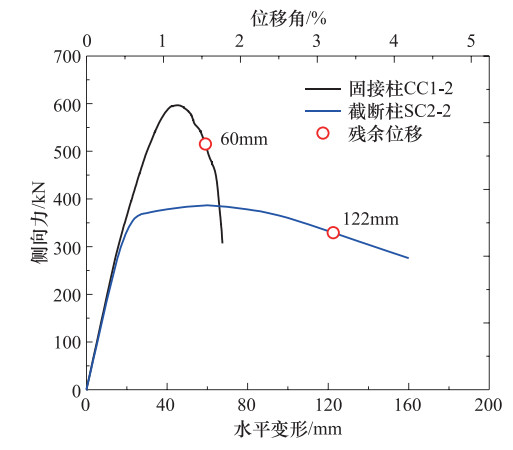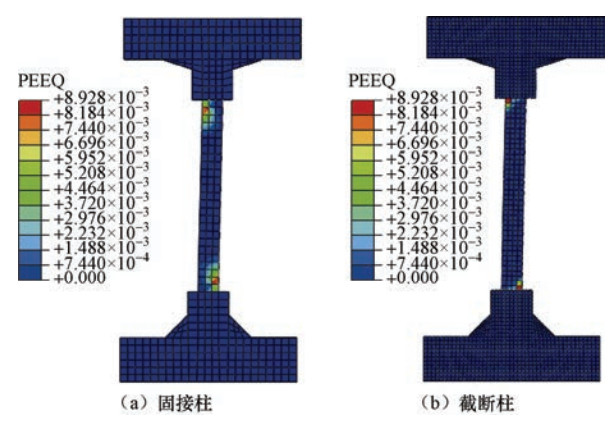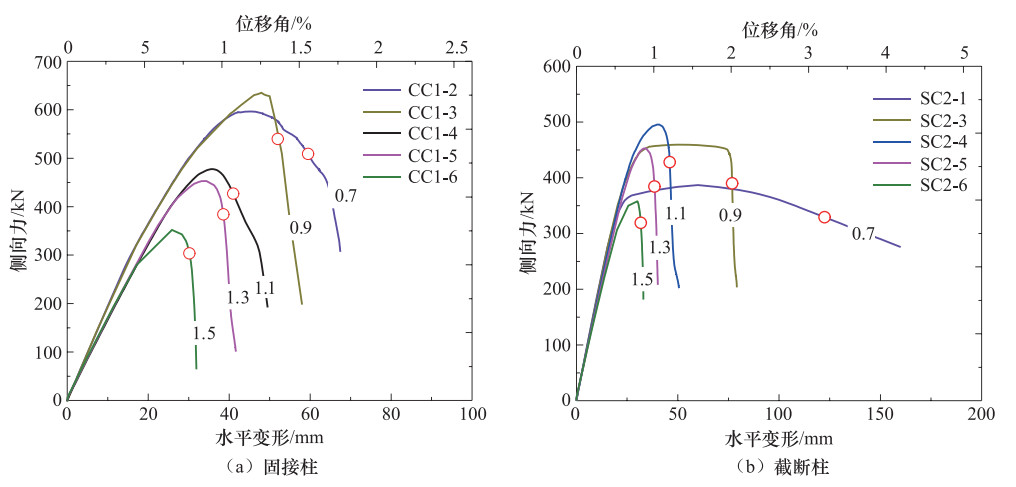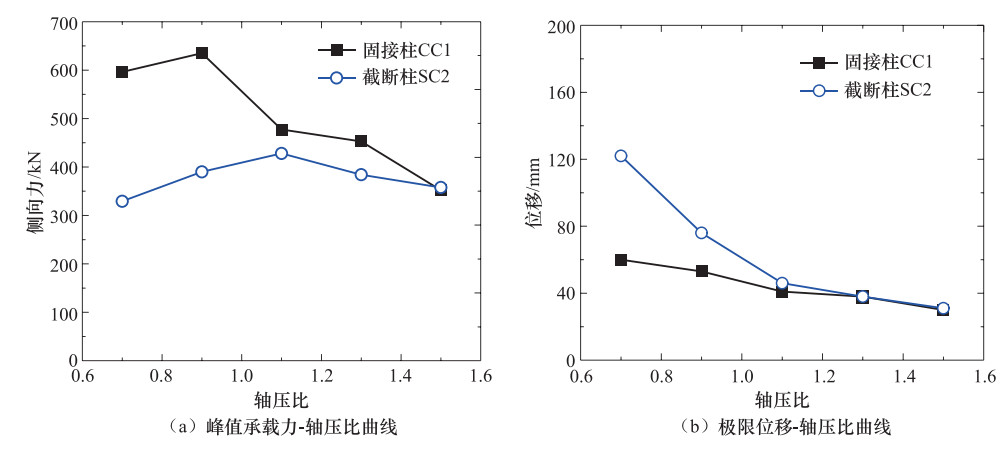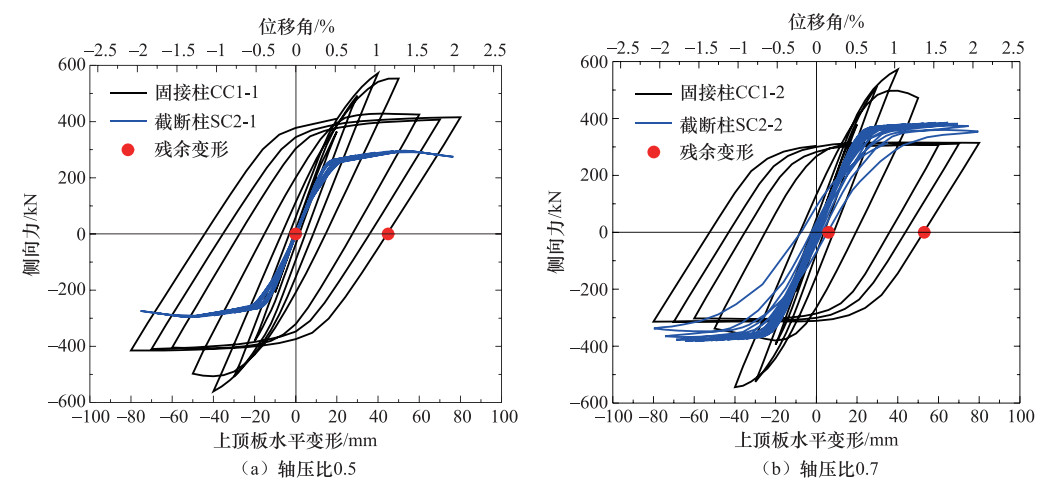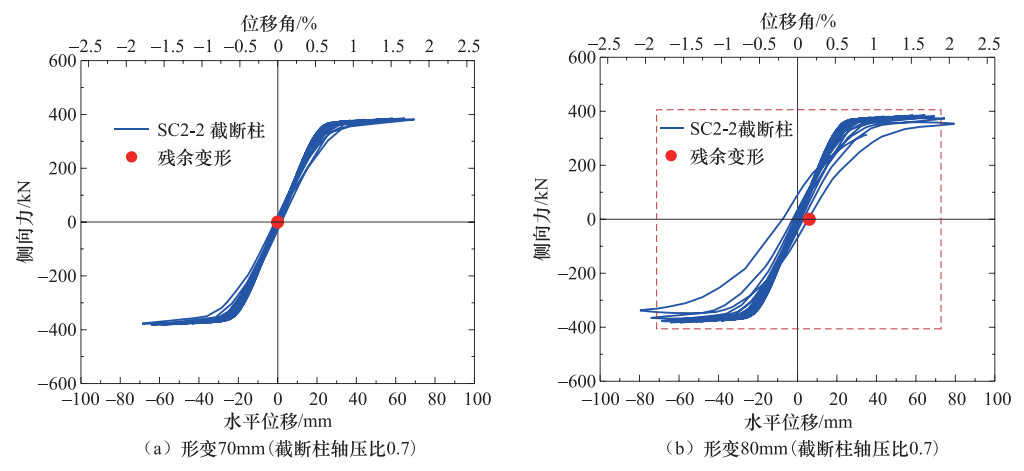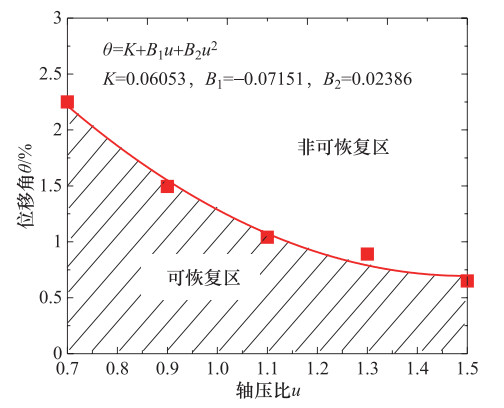Study of a Seismic New System of Underground Frame Structure Based on Toughness Design
-
摘要: 具有功能可快速恢复的抗震结构体系是结构抗震韧性设计的目标,结合浅埋地下框架结构地震破坏和失效模式的震害事例调查与分析以及抗震韧性结构设计的思想,本文提出一种可控制失效模式并具备自复位能力的浅埋地下框架结构抗震新体系。采用数值分析方法研究了传统地下框架结构体系与本文提出的新体系间的抗震能力差异以及新体系的自复位效果。结果表明:与传统的地下框架结构体系相比,新型地下框架结构体系的抗震能力显著提升,并具备良好的自复位能力,实现了结构抗震韧性设计的目标;新体系的自复位效果随轴压比的增加逐渐变差。结合算例,给出了浅埋地下框架结构自复位最大变形能力与轴压比的经验关系。Abstract: Rapid function restoration of the earthquake-resistant structural system is the goal of structural seismic toughness design. Combing the investigation and analysis of earthquake damage and failure mode cases and the idea of seismic damage, a new shallow-buried underground frame structure is proposed. The structure is controlled by failure-mode and has self-centering capability. Based on the numerical model, the seismic capacity and self-restoration effect of the new structure are studied. The results show that the seismic capacity of the new structure is significantly improved compared with the traditional underground frame structure and the new structure has a good self-centering ability, which means that it has realized the design of seismic and toughness of the structure. Finally, an empirical relationship between maximum deformation capacity and axial compression ratio is derived.
-
Key words:
- Underground frame structure /
- Seismic new system /
- Self-centering /
- Toughness design
-
表 1 模型变化参数
Table 1. Parameters of various models
试件编号 支撑柱结构形式 设计轴压比 CC1-1 固接柱 0.5 CC1-2 固接柱 0.7 CC1-3 固接柱 0.9 CC1-4 固接柱 1.1 CC1-5 固接柱 1.3 CC1-6 固接柱 1.5 SC2-1 截断柱 0.5 SC2-2 截断柱 0.7 SC2-3 截断柱 0.9 SC2-4 截断柱 1.1 SC2-5 截断柱 1.3 SC2-5 截断柱 1.5 -
陈国兴, 陈苏, 杜修力等, 2016.城市地下结构抗震研究进展.防灾减灾工程学报, 36(1):1-23. http://d.old.wanfangdata.com.cn/Periodical/jzgcjsysj2018063865 党像梁, 吕西林, 周颖, 2013.底部开水平缝摇摆剪力墙抗震性能分析.地震工程与工程振动, 33(5):182-189. http://d.old.wanfangdata.com.cn/Periodical/dzgcygczd201305023 党像梁, 吕西林, 钱江等, 2014.自复位预应力剪力墙抗震性能实体和平面单元有限元分析.建筑结构学报, 35(5):17-24. http://d.old.wanfangdata.com.cn/Periodical/jzjgxb201405003 党像梁, 吕西林, 钱江等, 2017.底部开水平缝预应力自复位剪力墙有限元模拟.工程力学, 34(6):51-63. http://www.wanfangdata.com.cn/details/detail.do?_type=perio&id=QKC20172017071200015982 杜修力, 王刚, 路德春, 2016.日本阪神地震中大开地铁车站地震破坏机理分析.防灾减灾工程学报, 36(2):165-171. http://www.cnki.com.cn/Article/CJFDTOTAL-TMGC201701007.htm 杜修力, 马超, 路德春等, 2017.大开地铁车站地震破坏模拟与机理分析.土木工程学报, 50(1):53-62, 69. http://www.wanfangdata.com.cn/details/detail.do?_type=perio&id=QKC20172017021700113563 杜修力, 李洋, 许成顺等, 2018.1995年日本阪神地震大开地铁车站震害原因及成灾机理分析研究进展.岩土工程学报, 40(2):223-236. http://d.old.wanfangdata.com.cn/Periodical/ytgcxb201802002 刘晶波, 李彬, 2006.地铁地下结构抗震分析及设计中的几个关键问题.土木工程学报, 39(6):106-110. doi: 10.3321/j.issn:1000-131X.2006.06.019 刘晶波, 刘祥庆, 杜修力, 2007.地下结构抗震理论分析与试验研究的发展展望.地震工程与工程振动, 27(6):38-45. doi: 10.3969/j.issn.1000-1301.2007.06.006 马超, 2017.地铁车站结构地震塌毁过程模拟及破坏机理分析.北京:北京工业大学, 135-142. 孙超, 薄景山, 齐文浩等, 2009.地下结构抗震研究现状及展望.世界地震工程, 25(2):94-99. http://d.old.wanfangdata.com.cn/Periodical/sjdzgc200902016 Iida H., Hiroto T., Yoshida N., et al., 1996. Damage to Daikai subway station. In:Special Issue on Soils and Foundations. Tokyo:Japanese Geotechnical Society, 283-300. https://www.jstage.jst.go.jp/article/sandf1995/36/Special/36_283/_article/-char/ja/ Kurama Y. C., 2000. Seismic design of unbonded post-tensioned precast concrete walls with supplemental viscous damping. ACI Structural Journal, 97 (4):648-658. https://www.concrete.org/publications/internationalconcreteabstractsportal/m/details/id/7431 Lu D. C., Ma C., Du X. L., et al., 2017. Development of a new nonlinear unified strength theory for geomaterials based on the characteristic stress concept. International Journal of Geomechanics, 17 (2), doi:10.1061/(ASCE) GM.1943-5622.0000729. Nakamura S., 2000. Evaluation of damage mechanism of subway station based on the difference damage between two damaged subway stations due to the earthquake. Proceedings of JSCE, 654:335-354. https://www.sciencedirect.com/science/article/pii/S0958946597000140#! -



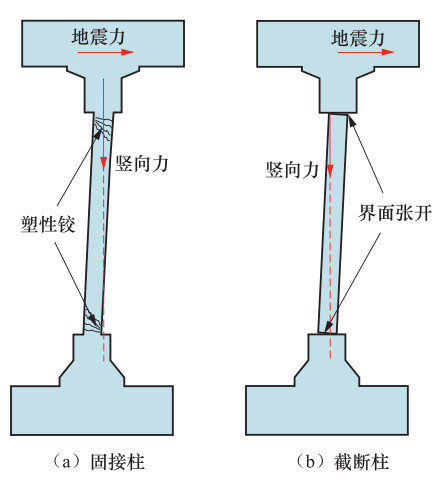
 下载:
下载:

